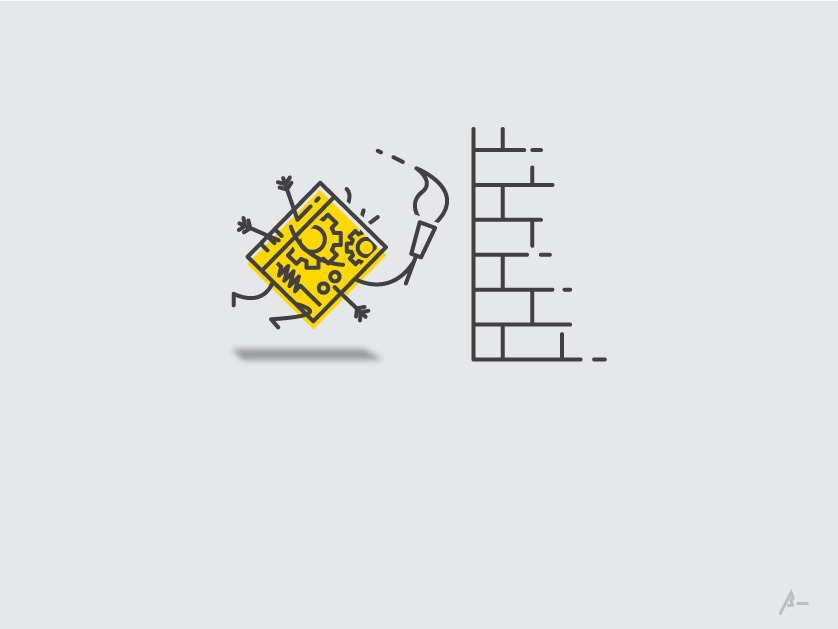When you are doing Scrum, how many backlogs do you work with in one project? I’d bet most people would answer: “Just one backlog, duh!?!”
There are two backlogs actually: the Product Backlog and the Sprint Backlog.
The Sprint Backlog is the subset of the Product Backlog which the team is working on in a sprint. Completing all the items in the Sprint backlog is the Sprint Goal.
Let’s look at the similarities between the two backlogs:
- Items in both backlogs are often broken down into smaller items. Items in the Product Backlog are broken down into smaller, refined, and more well-defined items by the Product Owner. Items in the Sprint Backlog are broken down by the team into sub-tasks for better organization of work.
- The team give estimates to items in both backlogs. During a Backlog Maintenance session, the team give estimates to items in the Product Backlog (at Chromedia we use Story Points as our unit for estimation). During the Sprint Planning session the team gives estimates in ideal hours for the sub-tasks.
- Both backlogs are watched closely by the Product Owner and all the stakeholders of the project. All stakeholders should have a clear view of both backlogs. Their feedback is of utmost importance to the team. In Scrum, when a Sprint is running, the team must be protected from distractions, especially the ones from clients. It is the Scrum Master’s duty to manage the feedback from the stakeholders and making sure that they are recorded in the backlog and tackled by the team as priority demands.
And then there are differences:
- Items in the Product backlog tend to move up or down, as the Product Owner organizes their priorities. On the other hand, the items in the Sprint backlog move from left to right, as the team completed work for them and moves them along the board from the “To Do” column to the “Done” column.
- The scope and description of the items in the Product Backlog changes often. For the items in the Sprint Backlog, as much as possible, they should never change. Why? The team has given their estimate for the work involved, they have already committed to finishing what was already defined, and expectations have been set. Any change will have a negative effect on the Sprint.
There are probably more similarities and differences between the two backlogs but I don’t want this blog to drag along. And there are probably some good analogies for relating this to Tolkien’s masterpiece but for the life of me I can not think of even a single one!
Guess the title of the next blog!





